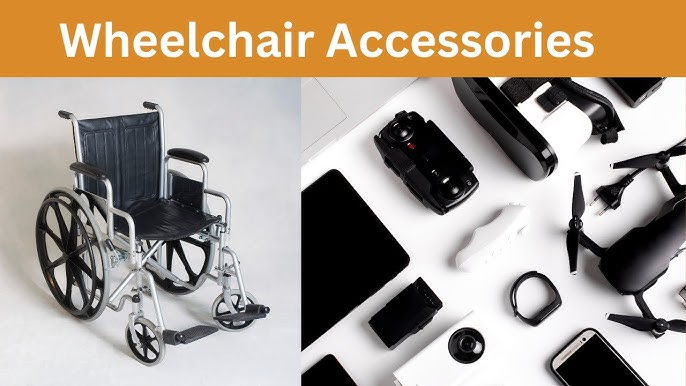How to Choose the Right Wedding Furniture for Your Special Day
- Kate Westall
- May 15
- 4 min read
Planning a wedding involves countless financial decisions, and selecting the right furniture is a critical one that impacts both aesthetics and budget. With the average cost of weddings in Melbourne rising, couples often overlook how furniture choices influence overall expenses. The key lies in balancing style, comfort, and cost-effectiveness while navigating local vendor options. This guide will help you make informed financial decisions, avoid hidden costs, and prioritize investments to create a memorable event without overspending.

Defining Your Financial Priorities
Before exploring furniture options, clarify your budget and vision. Start by determining how much of your total wedding budget should be allocated to furniture. Industry experts suggest dedicating 10–15% of your budget to rentals or purchases, but this varies based on guest count and venue requirements. Ask yourself: Are ornate chairs for the ceremony worth a larger spend, or would reallocating funds to a lounge area for mingling better serve your guests? Establishing clear priorities early prevents overspending on non-essentials.
Aligning Furniture Choices with Budget Goals
Your theme influences costs significantly. A rustic barn wedding may require timber benches, which are often cheaper to rent than luxury chiavari chairs. Conversely, a modern ballroom event might demand sleek designs that come at a premium. Work with local Melbourne suppliers to compare prices for different styles and materials. For example, recycled timber tables can reduce costs by 20–30% compared to custom-made pieces, while still aligning with eco-friendly trends.
Guest Comfort and Cost Efficiency
Comfort is non-negotiable, but it doesn’t have to break the bank. Prioritize durable, padded chairs for areas where guests will sit longest, such as during ceremonies or dinners. For shorter interactions, like cocktail hours, opt for simpler stools or benches. Many Melbourne hire companies offer tiered pricing—renting 100 chairs may cost less per unit than 50, so negotiate bulk rates if your guest list allows.
Budgeting Strategies for Furniture Hire
Creating a Realistic Spending Plan
List every furniture-related expense: delivery fees, setup charges, damage deposits, and insurance. For example, delivery in Melbourne can add 150–300 to your bill, depending on distance. Always request itemized quotes to avoid surprises. Consider seasonal pricing—renting during off-peak months (May–August) can save up to 25%, as demand is lower.
Affordable Alternatives Without Sacrificing Quality
Explore package deals from Melbourne vendors that bundle chairs, tables, and décor. These packages often discount total costs by 10–20%. Another strategy is mixing high- and low-cost items. Splurge on statement pieces like a floral arch or velvet lounge, then choose minimalist tables and chairs. Second-hand or refurbished items are also worth exploring; some suppliers offer lightly used furniture at 40% lower rates.
Negotiating with Suppliers
Build relationships with local vendors and ask about payment plans or discounts for early bookings. Many companies waive delivery fees for orders above a certain threshold. For instance, "Melbourne Vintage Hire" offers free delivery on rentals exceeding $1,000. Always review contracts for hidden fees, such as overtime charges for late returns or cleaning costs.
Venue Logistics and Financial Implications
Understanding Venue Restrictions
Venue policies directly affect your budget. Heritage sites in Melbourne may require specific furniture types to protect floors, which can be pricier to rent. Outdoor venues often mandate weather-resistant materials, adding 15–20% to rental costs. Confirm these details early to avoid last-minute upgrades.
Calculating Quantities to Minimize Waste
Overestimating guest numbers leads to unnecessary rentals. Use RSVPs to finalize counts and rent 5–10% extra chairs as a buffer. For a 100-guest wedding, 105–110 chairs suffice. Use floor plans to optimize layouts—round tables seat more guests than long tables, potentially reducing table rentals by 30%.
Material Costs and Long-Term Value
Comparing Timber, Metal, and Rattan
Timber is versatile but requires maintenance fees if scratched. Metal frames are durable but often cost 10–15% more. Rattan suits outdoor events but may incur higher cleaning fees. Discuss wear-and-tear policies with suppliers to avoid post-event charges.
Weather-Related Contingencies
Melbourne’s unpredictable climate makes weather-proofing essential. Factor in costs for tents, waterproof linens, or indoor backups. Suppliers like "Outdoor Elegance" include weather insurance in their packages, covering last-minute changes for 50–100.
Working with Melbourne Suppliers
Securing Transparent Deals
Choose vendors with strong reputations on platforms like Product Review Australia. Ensure contracts outline setup responsibilities—some companies charge extra for assembly, while others include it. For example, "Luxe Events Melbourne" provides free setup for orders over $800.
Rental vs. Purchase Analysis
Renting is typically 60–70% cheaper than buying. However, purchasing makes sense if you can resell post-wedding. Platforms like Gumtree or Facebook Marketplace help recoup 50–70% of costs. Calculate storage fees if considering resale; Melbourne storage units average $200/month, which may negate savings.
Final Financial Checks
Reviewing Contracts and Insurance
Verify damage deposit terms—most suppliers withhold 200–500, refundable post-inspection. Opt for damage waiver insurance at 50–150 to cover accidents. Conduct a final inventory check with the vendor to dispute pre-existing flaws.
Allocating a Contingency Fund
Set aside 5–10% of your furniture budget for unexpected costs, like last-minute chair additions or extended rental periods. This ensures you’re prepared without compromising other wedding elements.
Conclusion
Choosing wedding furniture in Melbourne demands strategic financial planning. By defining priorities, negotiating with suppliers, and anticipating hidden costs, you can create a stunning event within budget. Remember, every dollar saved on furniture can be redirected to other priorities, like catering or photography. Partner with trusted local vendors, stay flexible, and focus on investments that enhance guest experience. With careful planning, your wedding will be both beautiful and financially sound.









Comments